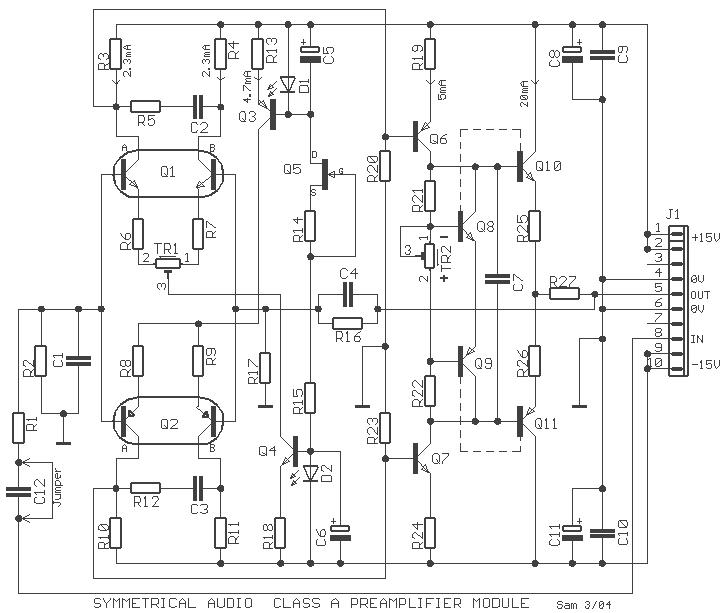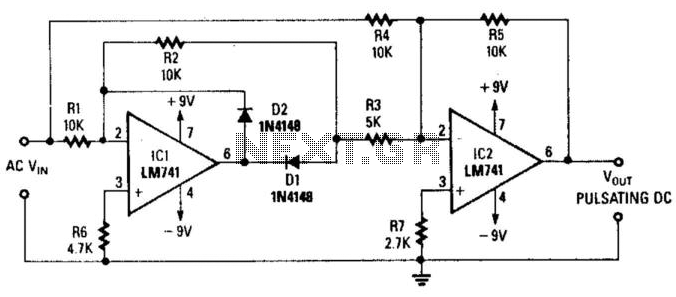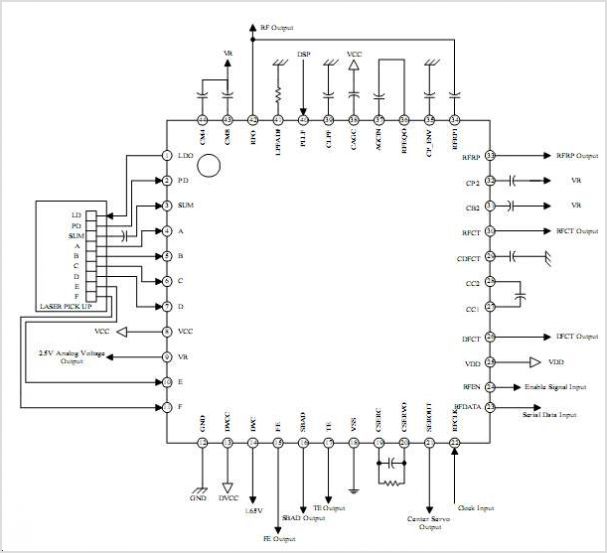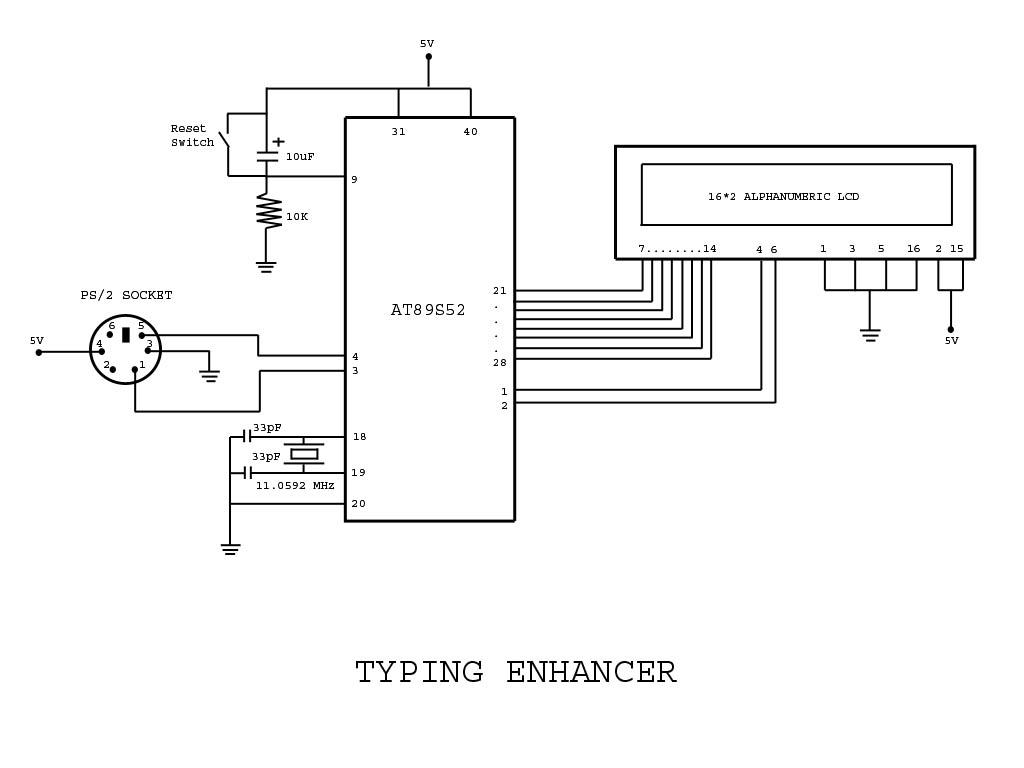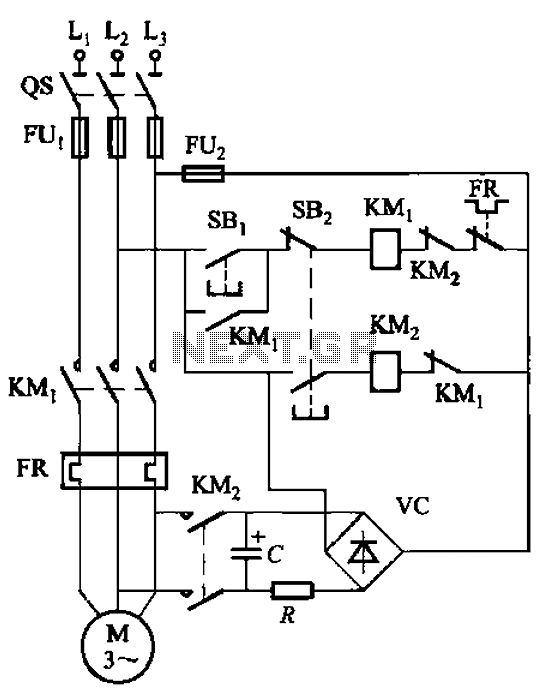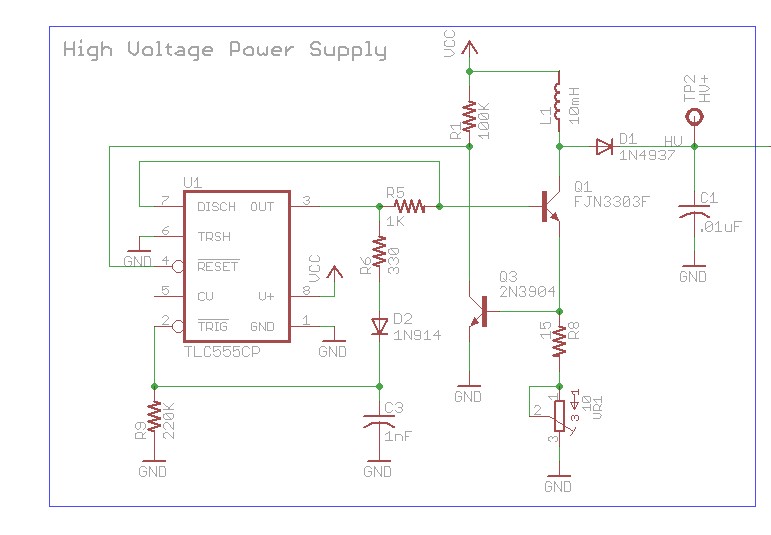
DIY Fisher 800b into a mic pre
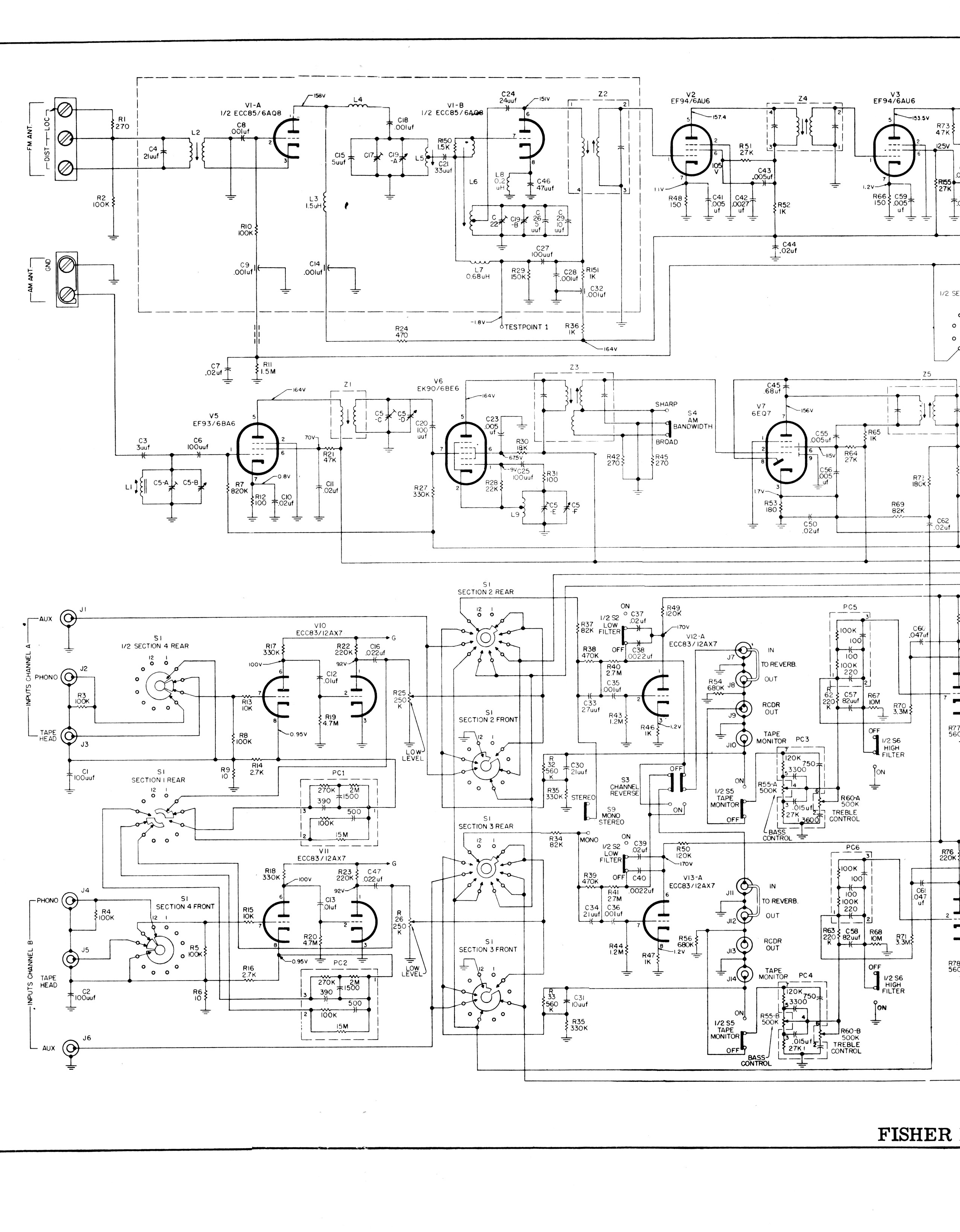
A Fisher 800B hi-fi amplifier in excellent condition is intended for conversion into a microphone preamplifier. The power supply's silicon diodes require replacement with modern, low-noise alternatives. All electrolytic capacitors also need replacing, while the signal capacitors may still be functional. It is essential to check carbon composition resistors for any drift beyond acceptable tolerance levels. Care should be taken around the tuner sections to avoid creating alignment issues. Consultation with Jim McShane regarding tubes and components is recommended, as he can supply parts that enhance the power supply's performance beyond its original specifications. The amplifier is noted for its exceptional sound quality, which raises concerns about modifying a vintage piece that outperforms contemporary mass-market products. The tuner section, specifically the AM/FM tuner, should be considered for removal of noise-producing components not relevant to the preamp circuit. Alternative methods for achieving the desired microphone preamp functionality include modifying the input section without dismantling the receiver, utilizing outputs such as reverb, line, or tape monitor. The user expresses a preference for a clean listening experience while mixing music and seeks clarification on necessary modifications to inputs and outputs. It is suggested that the phono input may be compatible with microphone input levels. Two approaches to achieve the conversion are proposed: removing the existing RIAA network from the phono input to adapt it for microphone input or replacing the AM-only tube (V5) with a 6AU6 and configuring it for microphone use.
The Fisher 800B amplifier is a well-regarded vintage audio component, known for its high fidelity and quality sound reproduction. In the conversion process to a microphone preamplifier, careful attention must be given to the integrity of the unit's components to maintain its performance while achieving the desired functionality.
The first step in the modification involves replacing the outdated silicon diodes in the power supply with modern low-noise equivalents. This upgrade will minimize electrical noise, which is crucial for microphone applications where signal clarity is paramount. Next, all electrolytic capacitors should be replaced to ensure reliability and performance, as aging capacitors can introduce distortion and affect the overall sound quality.
Signal capacitors may still be functional; however, it is advisable to measure their capacitance and leakage to confirm their condition. Carbon composition resistors should be examined for any drift in resistance values, as this can impact the amplifier's performance. Special care must be taken around the tuner section to prevent misalignment, which can occur if components are inadvertently disturbed during the modification process.
For the conversion to a microphone preamp, the input section may require adjustment. The existing RIAA network for the phono input can be removed and replaced with components tailored for microphone input levels. Alternatively, replacing the V5 tube with a 6AU6 and reconfiguring the circuit for microphone use presents a simpler solution, allowing for a straightforward swap and minor adjustments to surrounding components.
Utilizing outputs such as the reverb, line, or tape monitor can provide convenient access to the modified signal without compromising the integrity of the original receiver functionality. This approach allows the user to retain the vintage character of the Fisher 800B while adapting it for modern recording needs.
In conclusion, the conversion of the Fisher 800B to a microphone preamplifier requires a thoughtful approach to component replacement and circuit modification. By focusing on key areas such as the power supply, input circuitry, and output options, it is possible to create a high-quality microphone preamp that preserves the amplifier's renowned sound quality while meeting contemporary audio requirements.I have an almost mint condition Fisher 800b hi-fi amplifier that I want to convert into a mic pre. All of the power supply SS diodes need to be replaced with modern, low noise parts. All electrolytic caps. need replacement. The signal caps. may still be good. Carbon composition resistors need to be checked for drift out of tolerance. Watch your step around the tuner sections, lest you create an alignment issue. Talk to Jim McShane about tubes and parts. Jim can provide what you need to make the power supply BETTER than it originally was. Why on earth would you want to vandalize a fine vintage piece, which can play music far, far, better than current mass market guano All of the power supply SS diodes need to be replaced with modern, low noise parts. All electrolytic caps. need replacement. The signal caps. may still be good. Carbon composition resistors need to be checked for drift out of tolerance. Watch your step around the tuner sections, lest you create an alignment issue. Talk to Jim McShane about tubes and parts. Jim can provide what you need to make the power supply BETTER than it originally was. Damn, thanks man! That`s a huge help. And yes, this thing sounds amazing. I was tempted to use it for mixing, but it makes everything sounds amazing, so that`s no help for dailing in a mix, haha.
I just love the sound so much, I want to be able to have that in my vocals. 3. When you say "the tuner section" are you referring to the am/fm tuner I had imagined I would want to remove all of the potentially noise-producing components that won`t be a part of the pre-amp circuit. Is this not the case Damn, thanks man! That`s a huge help. And yes, this thing sounds amazing. I was tempted to use it for mixing, but it makes everything sounds amazing, so that`s no help for dailing in a mix, haha.
I just love the sound so much, I want to be able to have that in my vocals. 3. When you say "the tuner section" are you referring to the am/fm tuner I had imagined I would want to remove all of the potentially noise-producing components that won`t be a part of the pre-amp circuit. Is this not the case Agree with Eli, it seems a bit of a waste to strip out a perfectly working receiver just to get a mic preamp out of it.
There are much easier way to do it imo - there are many fine tube mic preamp diy projects available. Just saying. If you must, I would not touch/rip out anything in the receiver, but just focus on modifying the input section and take the output from either one of the three outputs - reverb, line or tape monitor on the back of the unit. I don`t really have much use for it as a receiver. These days I almost only ever listen to music on the go. Not very much time to sit at home and listen. When I do have time to listen to music at home, I`m usually working on a mix. And in that case, I want as uncolored a listening experience as possible so I can dial in the mix. Is there any modification I`ll need to do beyond making the inputs and outputs fit Do I need to alter anything in the input circuitry or anything else between in and out I imagine the phonograph input is going to be the same as a microphone input as far as the signal level it takes, right I see, so you are a producer!
Cool. I think there are a couple of ways to do it: 1) rip out the existing RIAA network for the phono input and adjust the parts for mic input; or 2) take out V5 (which is used for the AM only) and put in a 6AU6 and configure it for mic input like: Vacuum Tube Stereo Microphone Preamp I think 2 might be easier, just swap the tube and clip/change a few parts around the tube, clip/jumper some wires and you are done. Vinyl is coming back big tim 🔗 External reference
The Fisher 800B amplifier is a well-regarded vintage audio component, known for its high fidelity and quality sound reproduction. In the conversion process to a microphone preamplifier, careful attention must be given to the integrity of the unit's components to maintain its performance while achieving the desired functionality.
The first step in the modification involves replacing the outdated silicon diodes in the power supply with modern low-noise equivalents. This upgrade will minimize electrical noise, which is crucial for microphone applications where signal clarity is paramount. Next, all electrolytic capacitors should be replaced to ensure reliability and performance, as aging capacitors can introduce distortion and affect the overall sound quality.
Signal capacitors may still be functional; however, it is advisable to measure their capacitance and leakage to confirm their condition. Carbon composition resistors should be examined for any drift in resistance values, as this can impact the amplifier's performance. Special care must be taken around the tuner section to prevent misalignment, which can occur if components are inadvertently disturbed during the modification process.
For the conversion to a microphone preamp, the input section may require adjustment. The existing RIAA network for the phono input can be removed and replaced with components tailored for microphone input levels. Alternatively, replacing the V5 tube with a 6AU6 and reconfiguring the circuit for microphone use presents a simpler solution, allowing for a straightforward swap and minor adjustments to surrounding components.
Utilizing outputs such as the reverb, line, or tape monitor can provide convenient access to the modified signal without compromising the integrity of the original receiver functionality. This approach allows the user to retain the vintage character of the Fisher 800B while adapting it for modern recording needs.
In conclusion, the conversion of the Fisher 800B to a microphone preamplifier requires a thoughtful approach to component replacement and circuit modification. By focusing on key areas such as the power supply, input circuitry, and output options, it is possible to create a high-quality microphone preamp that preserves the amplifier's renowned sound quality while meeting contemporary audio requirements.I have an almost mint condition Fisher 800b hi-fi amplifier that I want to convert into a mic pre. All of the power supply SS diodes need to be replaced with modern, low noise parts. All electrolytic caps. need replacement. The signal caps. may still be good. Carbon composition resistors need to be checked for drift out of tolerance. Watch your step around the tuner sections, lest you create an alignment issue. Talk to Jim McShane about tubes and parts. Jim can provide what you need to make the power supply BETTER than it originally was. Why on earth would you want to vandalize a fine vintage piece, which can play music far, far, better than current mass market guano All of the power supply SS diodes need to be replaced with modern, low noise parts. All electrolytic caps. need replacement. The signal caps. may still be good. Carbon composition resistors need to be checked for drift out of tolerance. Watch your step around the tuner sections, lest you create an alignment issue. Talk to Jim McShane about tubes and parts. Jim can provide what you need to make the power supply BETTER than it originally was. Damn, thanks man! That`s a huge help. And yes, this thing sounds amazing. I was tempted to use it for mixing, but it makes everything sounds amazing, so that`s no help for dailing in a mix, haha.
I just love the sound so much, I want to be able to have that in my vocals. 3. When you say "the tuner section" are you referring to the am/fm tuner I had imagined I would want to remove all of the potentially noise-producing components that won`t be a part of the pre-amp circuit. Is this not the case Damn, thanks man! That`s a huge help. And yes, this thing sounds amazing. I was tempted to use it for mixing, but it makes everything sounds amazing, so that`s no help for dailing in a mix, haha.
I just love the sound so much, I want to be able to have that in my vocals. 3. When you say "the tuner section" are you referring to the am/fm tuner I had imagined I would want to remove all of the potentially noise-producing components that won`t be a part of the pre-amp circuit. Is this not the case Agree with Eli, it seems a bit of a waste to strip out a perfectly working receiver just to get a mic preamp out of it.
There are much easier way to do it imo - there are many fine tube mic preamp diy projects available. Just saying. If you must, I would not touch/rip out anything in the receiver, but just focus on modifying the input section and take the output from either one of the three outputs - reverb, line or tape monitor on the back of the unit. I don`t really have much use for it as a receiver. These days I almost only ever listen to music on the go. Not very much time to sit at home and listen. When I do have time to listen to music at home, I`m usually working on a mix. And in that case, I want as uncolored a listening experience as possible so I can dial in the mix. Is there any modification I`ll need to do beyond making the inputs and outputs fit Do I need to alter anything in the input circuitry or anything else between in and out I imagine the phonograph input is going to be the same as a microphone input as far as the signal level it takes, right I see, so you are a producer!
Cool. I think there are a couple of ways to do it: 1) rip out the existing RIAA network for the phono input and adjust the parts for mic input; or 2) take out V5 (which is used for the AM only) and put in a 6AU6 and configure it for mic input like: Vacuum Tube Stereo Microphone Preamp I think 2 might be easier, just swap the tube and clip/change a few parts around the tube, clip/jumper some wires and you are done. Vinyl is coming back big tim 🔗 External reference
